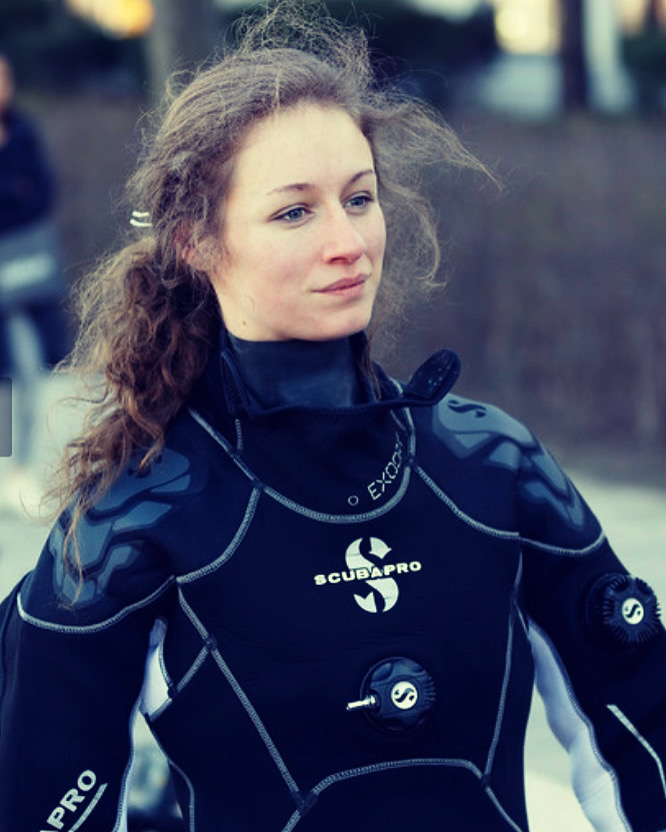

May 2025

Abstract:
Polygonal tepee structures—networks of buckled, fractured crusts from aerial perspective— are stratigraphic markers common in ancient carbonate rocks but rare in modern environments. This thesis explores a newly discovered field of such structures on Sheybarah Island in the Red Sea. Using satellite imagery, drone mapping, and fieldwork, their distribution of such structures around the Arabian Peninsula, thier petrological composition, and thier mechanism of formation is investigated. The study reveals that microbial processes play a key role in cementing these crusts, and radiometric dating places their formation between 1,500 and 3,000 years ago. The findings offer new insights into sediment dynamics, microbial activity, and the late Holocene sea-level history of the Arabian coastal zone.
Bio:
Pauline Falkenberg earned her Bachelor's degree in Geosciences from the University of Hamburg, Germany. She joined KAUST in 2022 as a VSRP intern to explore the Red Sea and soon returned as a Master’s student in the Marine Science program. As a passionate diver, her fascination for the ocean fuels an interdisciplinary approach in her studies that bridges geology and biology.
Her thesis, “Polygonal Tepee Structures of Arabia: Indicators of Intertidal Microbial Cementation Processes,” investigates how microbial life shapes sedimentary structures in coastal environments.